I hope you are ready for a rollicking food journey, because my favorite finds from the Summer Fancy Food Show are going to rock your world. The event took place in New York City on June 23-25, 2019.
A trade show like this is a curious food lover’s paradise filled with the crème de la crème of premium products. It's where retailers of all stripes go to find the next hot trend.
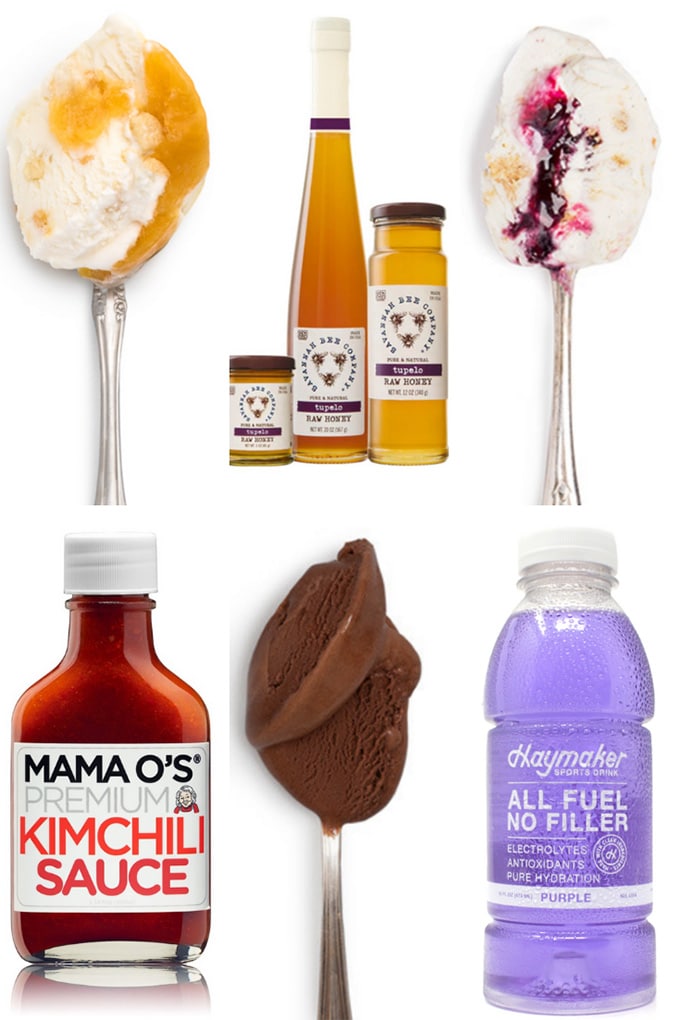
It would take the full three days to visit every booth. Even then you’d be missing a lot.
According to Wikipedia, specialty food is defined as “unique and high-value food items made in small quantities from high-quality ingredients.”
Over 2,400 specialty food companies attended. Companies from the U.S. represented half the exhibitors; the rest came from over 50 different countries.
This isn’t your run of the mill granola or vanilla. It’s raw granola made from ancient grains, and vanilla extracted from rare corners of the world and certified fair trade.
I took the opportunity to talk with a bunch of companies I already love to learn more about their stories. Then I let my intuition lead me to develop a new favorites' list.

For me, the best thing at the Summer Fancy Food Show is that you can talk directly to founders about where their ingredients come from, how they make their food, and why they do what they do.
Oh, and I almost forgot to mention that you can taste everything, such as 100 different types of chocolate at the Guittard booth. (Actually, it wasn't 100. It just seemed that way.)
After trying chocolate from Columbia, Equador, and Madagascar—each made using exactly the same technique—I was able to taste terroir in a cacao bean for the first time.
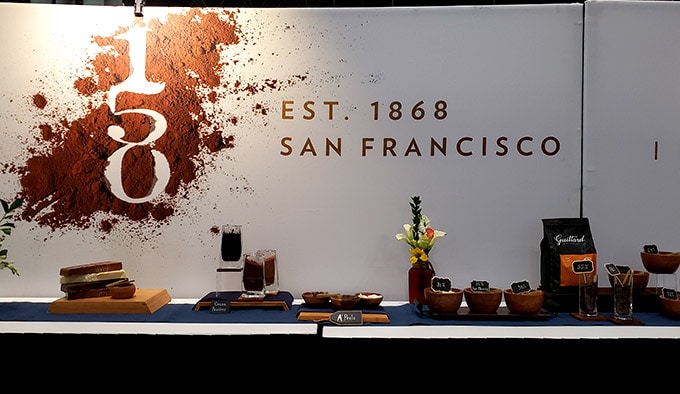
And for all you chocolate lovers out there, Guittard Complexite 70% Cacao had my endorphins blissing out long after I had moved on.
Hopefully I’ve piqued your interest, and you’ll read on, because the passionate specialty food artisans of the world have so much to share with us.
Touring Brazilian Food Culture
Superfruits & tapioca
The Brazil pavilion was like taking a bite out of the Amazon, with seemingly endless exotic fruits such as acai, acerola, guarana, and guava, and grape juice that seriously tasted like a fine wine.
And I learned that all across Brazil, people are eating crepes made out of hydrated tapioca flour, which is a trend that comes straight from the culture of the Amazon natives in northeastern Brazil. Thanks to Da Terrinha for the demo and samples.
It was a mind bender to understand how an inedible root (cassava, also known as yuka) could be transformed into tapioca. Then I found this awesome video that shows how it’s done!
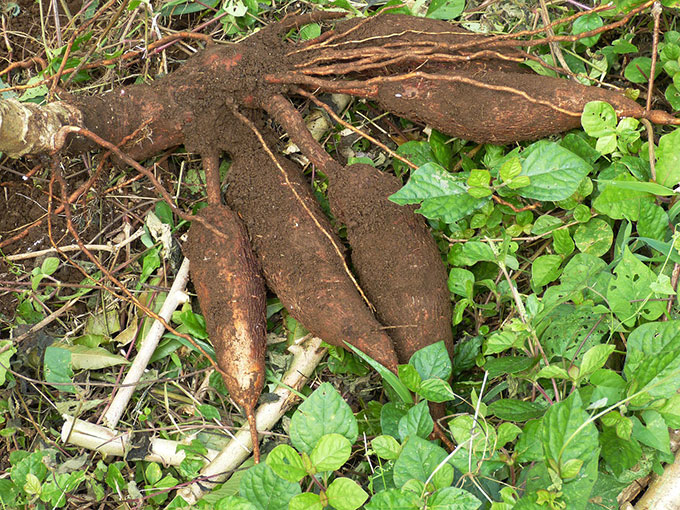
And for breakfast in Brazil, they enjoy cheese bread made from tapioca flour that looks like a fat lollypop. Who knew?
Both ingredients are sticky and chewy when cooked, and together they are surprisingly satisfying. (A Brazilian chef just happened to have a sample for me.)
Even better, I was told, is dahindos de tapioca—squares of tapioca with halloumi cheese—deep-fried and served with a spicy sauce.
Brazil was just one of dozens of country pavilions at the Fancy Food Show.
Haymaker Beverage Co.
Farm-inspired wellness
Husband and wife couple Jason and Kate Tuttle are the real deal. Their tagline, “farm-inspired wellness that works,” is right up my alley, as is their view that food itself is medicine.
Haymaker is known for their healthier sports drinks made from plants, with no added colors or flavors.
Gold is made from rooibos, an African bush plant. Red is made from Hibiscus. While Blue is made from the enigmatic blue pea flower.
“Blue” is actually purple, cause when you add Himalayan pink salt to blue pea flower it turns purple.
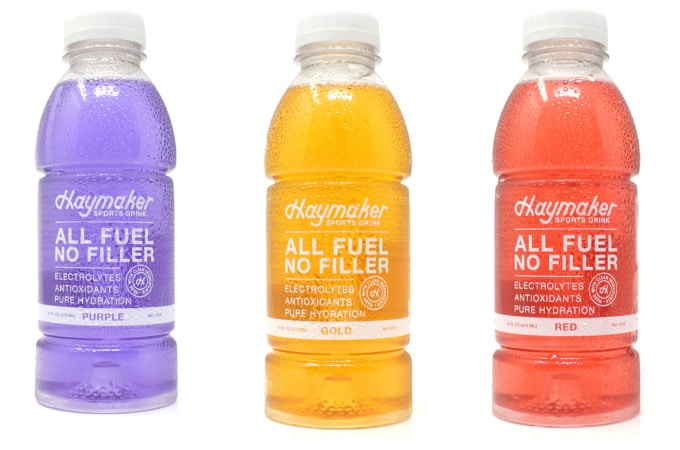
Haymaker was promoting its latest product, a remedy for colds called Elderberry Sipper.
It’s made with organic and raw honey, apple cider vinegar, echinacea, astragalus, and elderberries.
Native to Missouri and much of Midwestern North America, elderberry is known for its immune-system supporting flavonoids and high antioxidant count.
Bread Alone
Traditional bread makers
Bread Alone was the biggest surprise for me at this year's Fancy Food Show.
Bread Alone is a bakery that I see at every farmer’s market in New York, as well as at Whole Foods and beyond, but I had always dismissed it because I am a picky bread snob and I didn't know this company's story.
So when I met vice president Nels Leader, my first question for him was how long they ferment their breads.
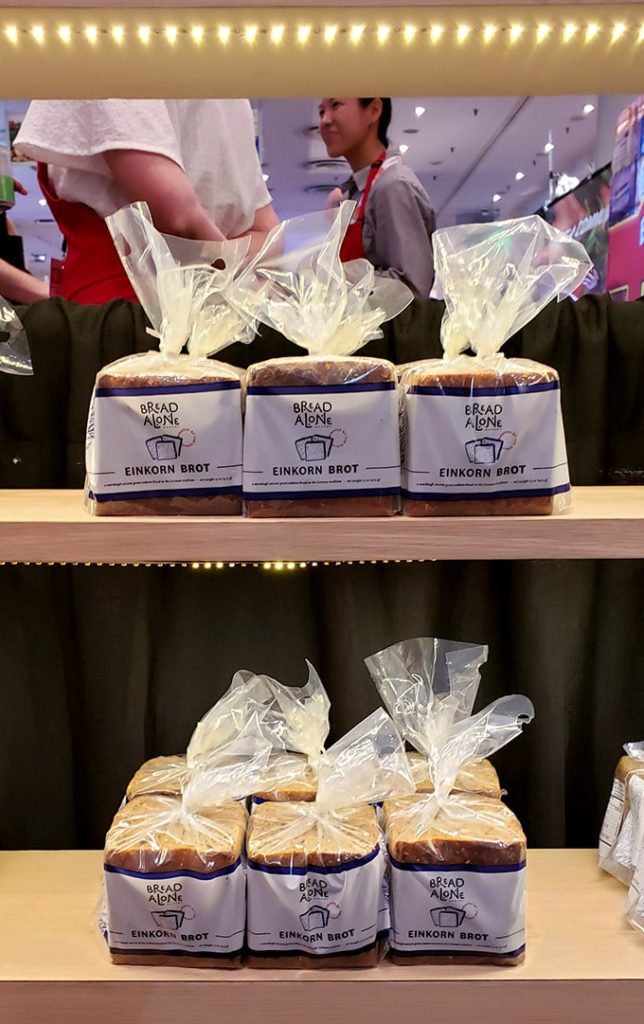
For some reason I thought this company didn’t ferment, and fermentation is everything in terms of bread quality.
Longer fermentation times allow for the development of diverse wild yeasts (rather than commercial yeasts), as well as complex and subtle flavors that have a completely different impact on the mind and body.
Leader told me that 5 hours is their minimum, and overnight is the norm for their breads.
Commercial bread typically ferments for less than 10 minutes, if that. So this means that Bread Alone is doing a great job.
He also said they use 20 percent levant, a quality sourdough starter that Bread Alone has nurtured for decades.
At the Fancy Food Show, Bread Alone was featuring its new Nordic-style breads: Rye Brod, Einkorn Brot, and Fruit & Seed Brod.
Not only do these breads look incredible, they are made with locally grown ancient grains.
A huge thumbs up for Bread Alone. My opinion about this company is forever changed and I have already purchased their bread.
Five Acres Farms
Single-origin dairy
I was also hugely impressed by Five Acres Farms.
Five Acres is basically a dairy distributor, but their unique business model helps dairy farmers sell at a premium in the New York City-area instead of selling their milk on the commodity market.
The most incredible thing about this is that each product Five Acres sells is single sourced from the farm, and it's labeled right on the bottle.
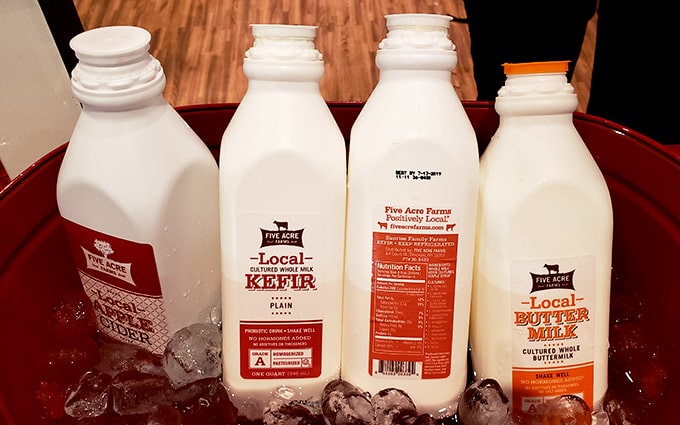
This is a critical point.
Most milk for sale in grocery stores is packaged from a huge vat of mixed milk from who-knows-how-many different farms.
The ability to buy milk from a single farm adds accountability to the system that simply doesn’t exist elsewhere.
Pure Indian Foods
Master ghee makers
I loved meeting Sandeep Agarwal, co-founder and “head gheek” at Pure Indian Foods.
As far as I know, this is the only company in America making ghee the traditional vedik way, from yogurt.
The process starts with separating the milk fat (cream) and whey (buttermilk) from cultured yogurt, and then churning the fat into butter before processing it into ghee.
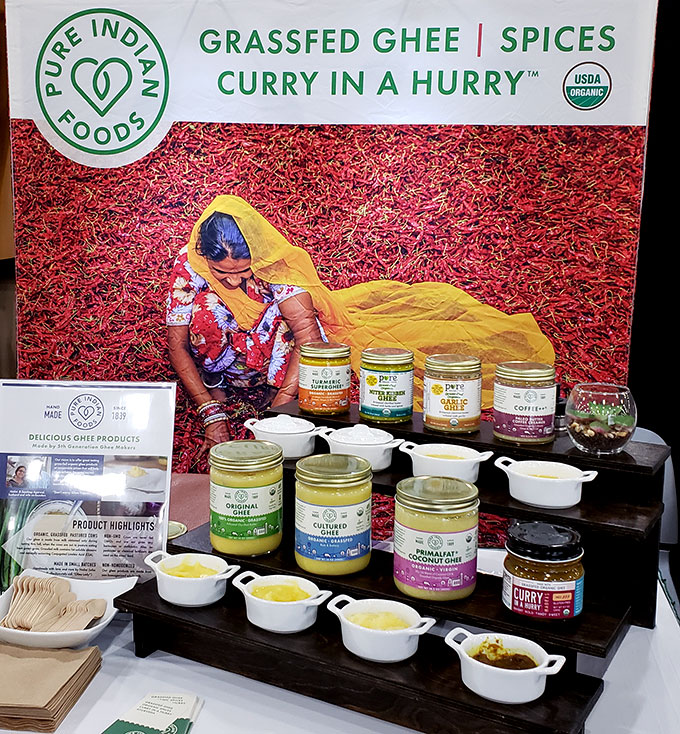
Most American ghee brands buy butter and simmer it down into ghee. It’s how I make ghee at home, but you can imagine it isn’t the same.
The Agarwals started their ghee company before it became a thing in the Paleo and Keto communities, and they did it because it is a healthy food.
Ghee, and traditional home cooking, cured their son of his allergies and asthma, which Agarwal believes was caused by the typical American diet his family had adopted after moving to America.
Seeing the problem, Agarwal decided to take up the torch as the fifth generation of his family to be in the ghee business.
Tasting the ghee made by Agarwal’s wife Nalini at the Fancy Food Show was a rich and heady experience.
This family’s expertise in ghee manufacturing cannot be denied.
Jeni’s Splendid Ice Cream
Serious quality in every bite
Jeni’s Splendid Ice Cream completely rocked my world with their outstanding chocolate flavors.
My husband loves chocolate ice cream, and we are almost always disappointed by our options. It never tastes chocolatey enough.
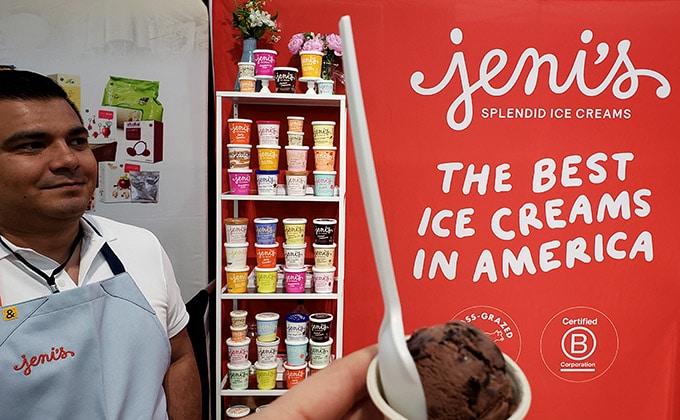
Not so with Jeni’s. I was told that they took five years to develop their Darkest Chocolate Pint to have the most amount of fair trade cocao they could pack in while retaining a smooth and creamy texture.
Their website says Jeni’s ice creams have “a uniquely smooth texture and buttercream body.” It is evident.
I also appreciate how this company doubles down on real grass-fed dairy and sources the highest quality ingredients from Direct Trade, Fair Trade and local suppliers, as well as certifying their own company as a B Corp.
As for Jeni’s dairy-free flavors, they use coconut cream rather than milk for the richest, creamiest licks.
Mama O’s Kimchi Paste
The next sriracha?
The local kimchi darling of Brooklyn has done it again with their latest product offerings: Kimchi Paste and Kimchili Sauce.
Kimchi Paste is the same funky, spicy peppery paste that’s typically mixed with cabbage to make a kimchi, but without the cabbage.
Food & Wine is calling it the next sriracha sauce, but they must have meant the Kimchili Sauce.
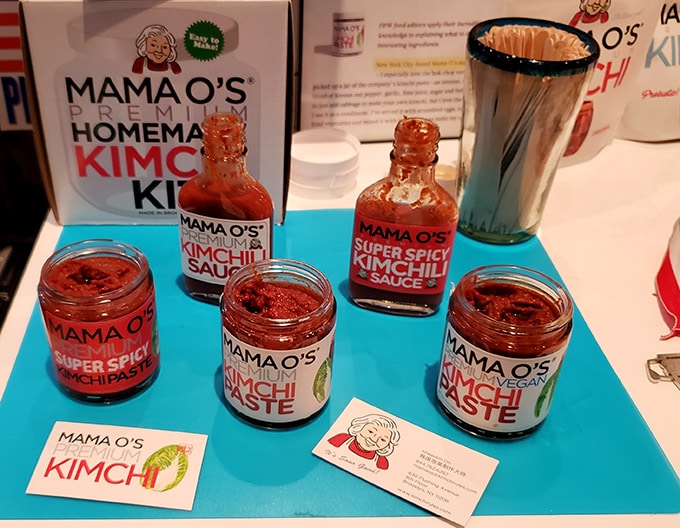
I call Kimchi Paste your new must-have fave condiment.
I see it more as a replacement for sweet chili sauce or sambel olek, which are some of the other well known chili pastes on the market.
Mama O’s Kimchi Paste and Kimchili sauces are way, waaaay better than any of these.
I chalk it up to Mama’s O’s influence, artisan batching, the umami taste of the ferment, as well as the ancient brilliance of the fiery Korean gochugaru peppers.
Gochugaru peppers have a complex flavor with a nice bit of natural sweetness that fits the American taste profile perfectly.
Caulipower Pizza
Vegetable forward all the way
Amid all the sweets, flavored water drinks, salty snacks, and condiments, my bite of caulipower pizza was a clear highlight.
It was a simple cheese pizza, but the gluten-free cruciferous crust was impressive and tasted like bread.
The company’s website features a fun video of kids explaining what they like on their pizza, followed by how they feel about cauliflower (you can imagine what they said), followed by their delighting in the caulipower pizza, and finally their boggled minds when they learned it was made from cauliflower.
“It would take magic to turn cauliflower into pizza,” says one kid.
Indeed and check. It is good.
The Savannah Bee Company
Saving the bees
This company got my attention with their vivid display that was 100 percent focused on saving bees.
According to Greenpeace, beekeepers in the United States have seen a 40 percent loss in their honeybee populations since 2006. Commercial pesticides are being blamed.
Turns out the Savannah Bee Company talks the talk, and also walks the walk. In 2013 they helped found the Bee Cause Project to educate children about honeybees.
Since then their organization has provided hives to 330 schools in 50 states and 4 countries.
At the same time, Savannah Bee Company specializes in rare local and imported honey.
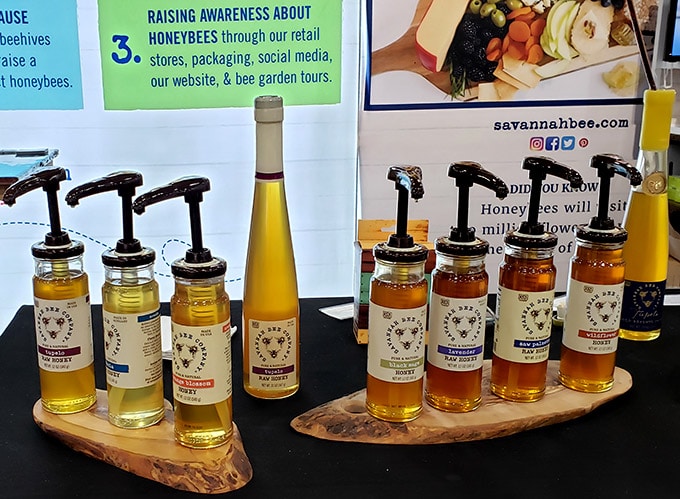
Tasting their honey one by one, I was transported to fluffy magical clouds, where I felt like I could kick up my feet, and waft at leisure.
The best taste was their Tupelo Honey, harvested from the flowers of Ogeechee tupelo trees that bloom for 2 weeks each year in the Altamaha and Apalachicola River Basins of Georgia and Florida.
In a recent New York Times feature on tupelo honey, Kim Severson describes the taste:
“The first taste is of cinnamon with a tingle of anise. That gives way to a whisper of jasmine and something citrusy — tangerine rind, maybe? The honey is so soft, light and buttery that the only logical move is to chase it with another spoonful.”
For my readers who haven’t experienced the joy of locally sourced honey, where varieties are labelled by the flower, I hope this encourages you to seek it out at a farmer’s market or speciality store.
There is no comparison between an artisan produced honey, and commercial honey.
SAP! Sparkling Water
Tree water for people
SAP is a company I discovered a while back because I love trees, and the idea of drinking tree sap was irresistible.
I purchased maple water, maple soda, and birch water. Today you can also buy cranberry, tangerine, strawberry and ginger flavors.
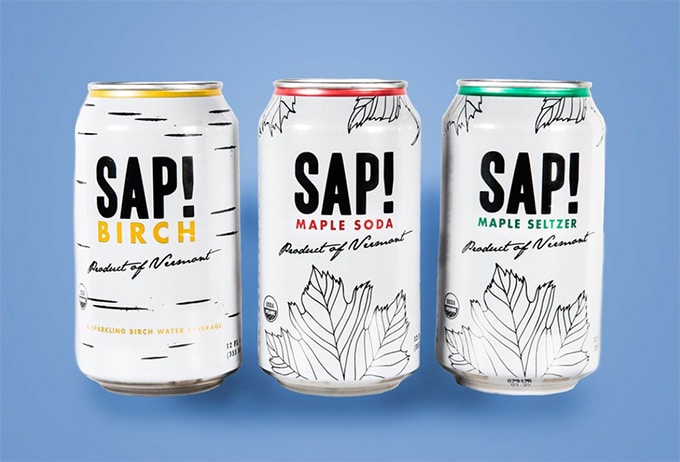
Not surprisingly, SAP is a product of Vermont, the maple capital of America.
I saw lots of people tasting SAP at the Fancy Food Show with smiles on their faces, but my face is still frowning. I wanted to love SAP, but I don’t enjoy the taste.
The mild maple taste is weird. Sort of dirty and sweet at the same time. And if I had to describe the birch flavor, it might be how you’d imagine a watered down extract of soil to taste.
Sorry SAP! I am sure others love it. This is still an innovative product, and a great use of a natural resource.
Fancy Food Show 2019 Final Takeaways
The vendors at the Fancy Food Show 2019 are fueling the massive explosion of products on our grocery store shelfs and at online retailers.
According to the Specialty Food Association, the specialty food industry is growing at a rate of 10.3 percent versus 3.1 for all food.

It is enough to make most people’s heads spin.
Less adventurous eaters might be wondering what ever happened to the reliable potato chip?
Now it’s pork rind chips, bean fields chips, fried okra chips, kale chips, amaranth chips, beet chips, sweet potato chips, and cauliflower pretzels. You name it!
Potato chips alternatives have gobbled up half the isle.
Oh, and what about pasta? Your typical semolina-based pasta is becoming a thing of the past.
Now it’s unique shapes made from lentils, peas, black beans, chickpea-turmeric, corny corn, ancient grains, and cauliflower again.
Or bottled water? Nope. We gotta add stuff to our water now. Or even drink it bubbly.
And don’t even get me started on superfoods and supplements, or spinning glitter in champagne.
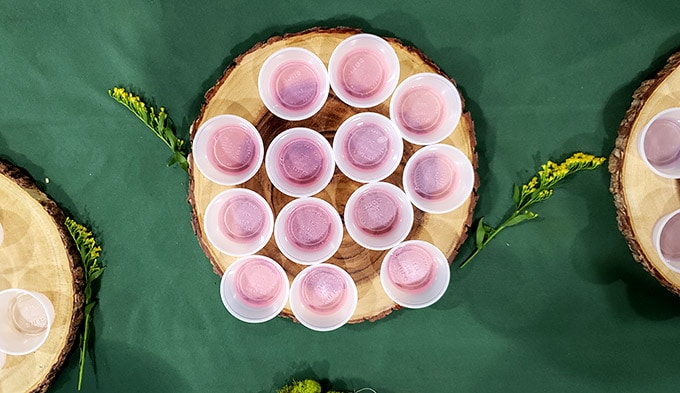
How To Decide What To Buy
The world’s biosphere is at our fingertips, and sometimes it means that deciding what to eat is harder than it should be.
Although I stock my pantry well—oh, a dozen varieties of vinegars and oils, dozens of grains and pulses, a good variety of flours, and much more—my strategy is to keep things simple by choosing mostly whole, unprocessed foods that I know I will use up.
For treats and special items, try to seek out the items you like or need, such as gluten-free, and stick to them.
Resist the urge to buy everything you see, and take recommendations from others, such as those I make on Buttered Veg.
Be mindful, and try a couple new things at a time. Finish it up before buying something new to avoid waste.
Hopefully you will discover the specialty products you really love, and they'll add joy to your life. Have fun with it.
If you liked this post, please share it with your friends on social media, or leave a comment below.
For more Buttered Veg lifestyle content, follow me on Pinterest, Facebook, Instagram, and Twitter.


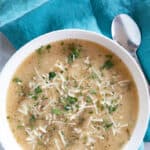
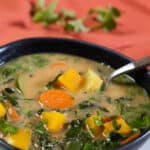
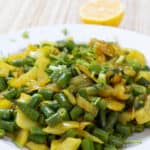
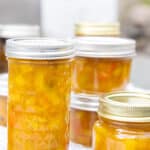
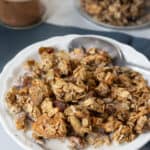
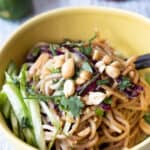
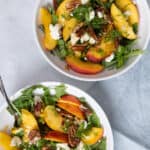
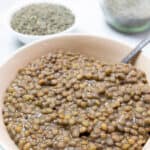
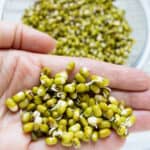
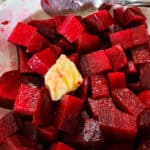


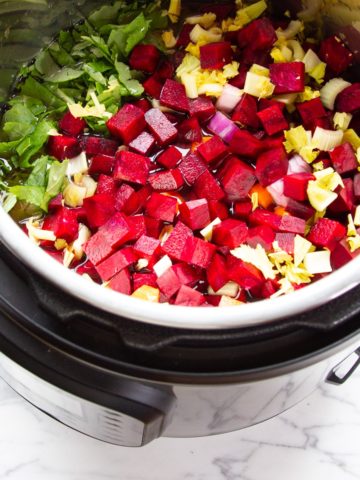
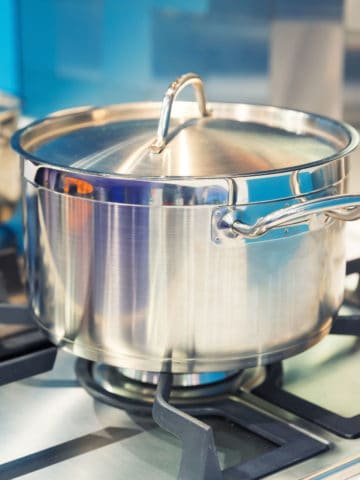
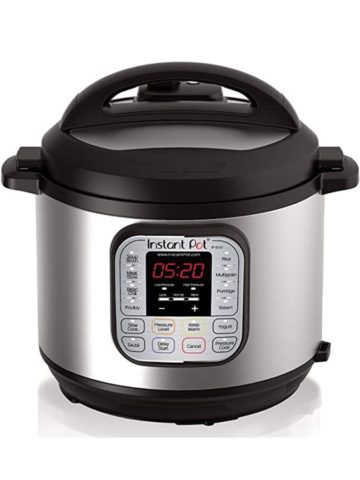

Leave a Reply